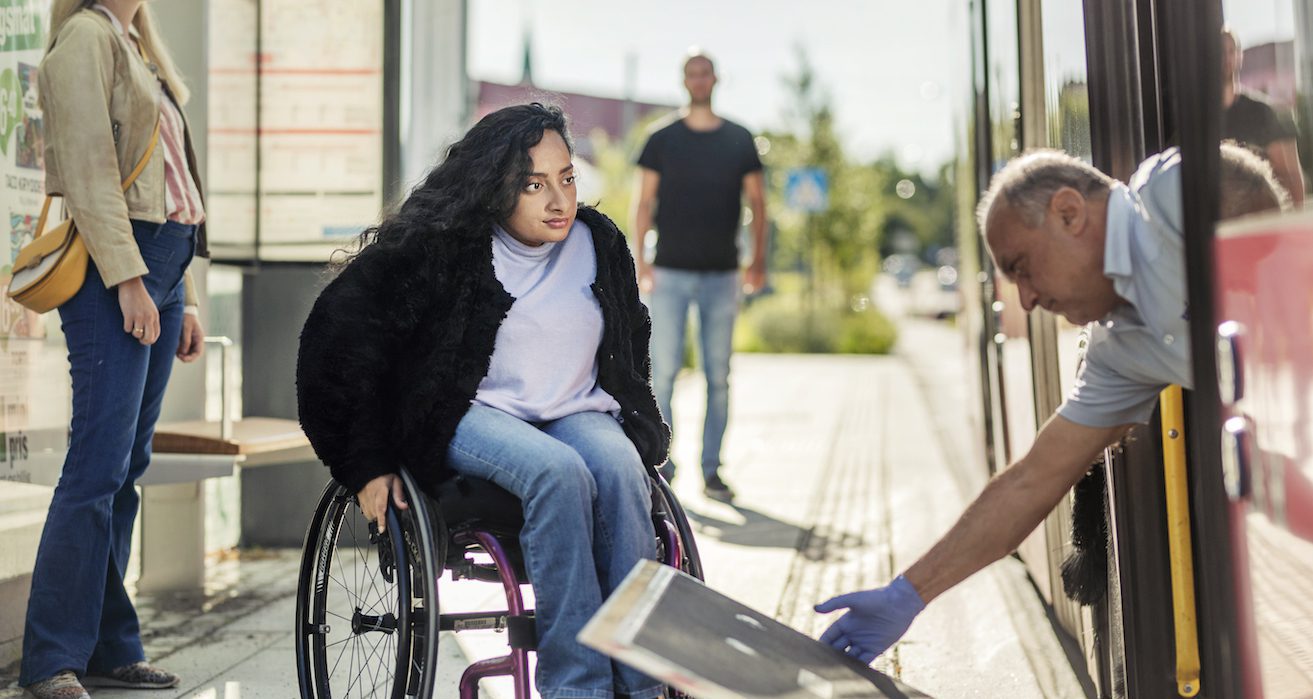
Sustainability strategy
Ruter works with its customers and shareholders as well as other operators and partners to reduce levels of car use and make green forms of mobility the customers’ preferred mode of travel. We call it sustainable freedom of movement, and it is about facilitating a healthy life, social justice and exceptional urban and regional development.
Strategy, goals, management systems and reporting on sustainability
Oslo Municipality and Viken County Municipality’s joint ownership strategy, Ruter’s articles of association, sustainability strategy and aims for sustainable freedom of movement form the basis of Ruter’s sustainability work. Annual agreements between the shareholders and Ruter are based on Ruter’s management documents and detail shareholder expectations for the year to which the agreement applies. The shareholders’ report and the annual report present results for a wider set of indicators. Results on the most important sustainability indicators are reported monthly to the board and shareholders.
Ruter’s sustainability strategy was launched in 2018. In 2019, Ruter established a goal management hierarchy that set out Ruter’s sustainability and business goals which were implemented in January 2020. 2020 saw the adoption of Ruter’s long-term “Goals for Sustainable Freedom of Movement” strategy.
Ruter’s sustainability strategy
The UN’s Sustainable Development Goals are about climate and the environment, social conditions and economic development. These goals form the basis of Ruter’s sustainability strategy.
As a public transport company, Ruter can contribute to sustainable development in several ways:
- Public transport solutions are key to reducing the climate and environmental impact of transport
- Effective and inclusive personal transport solutions are important in order for the individual and society to work properly
- Effective mobility is about excellent area management
Following an extensive internal process, Ruter selected eight of the UN’s 17 Sustainable Development Goals as being particularly applicable to the company. These are goals that Ruter can influence and areas where expectations from the outside world are particularly high. Goal 17 – Partnerships for the Goals – is key because it is the prerequisite for achieving results. We collaborate with many different parties, such as government authorities, customers, shareholders, businesses, operators, interest groups and other mobility companies.
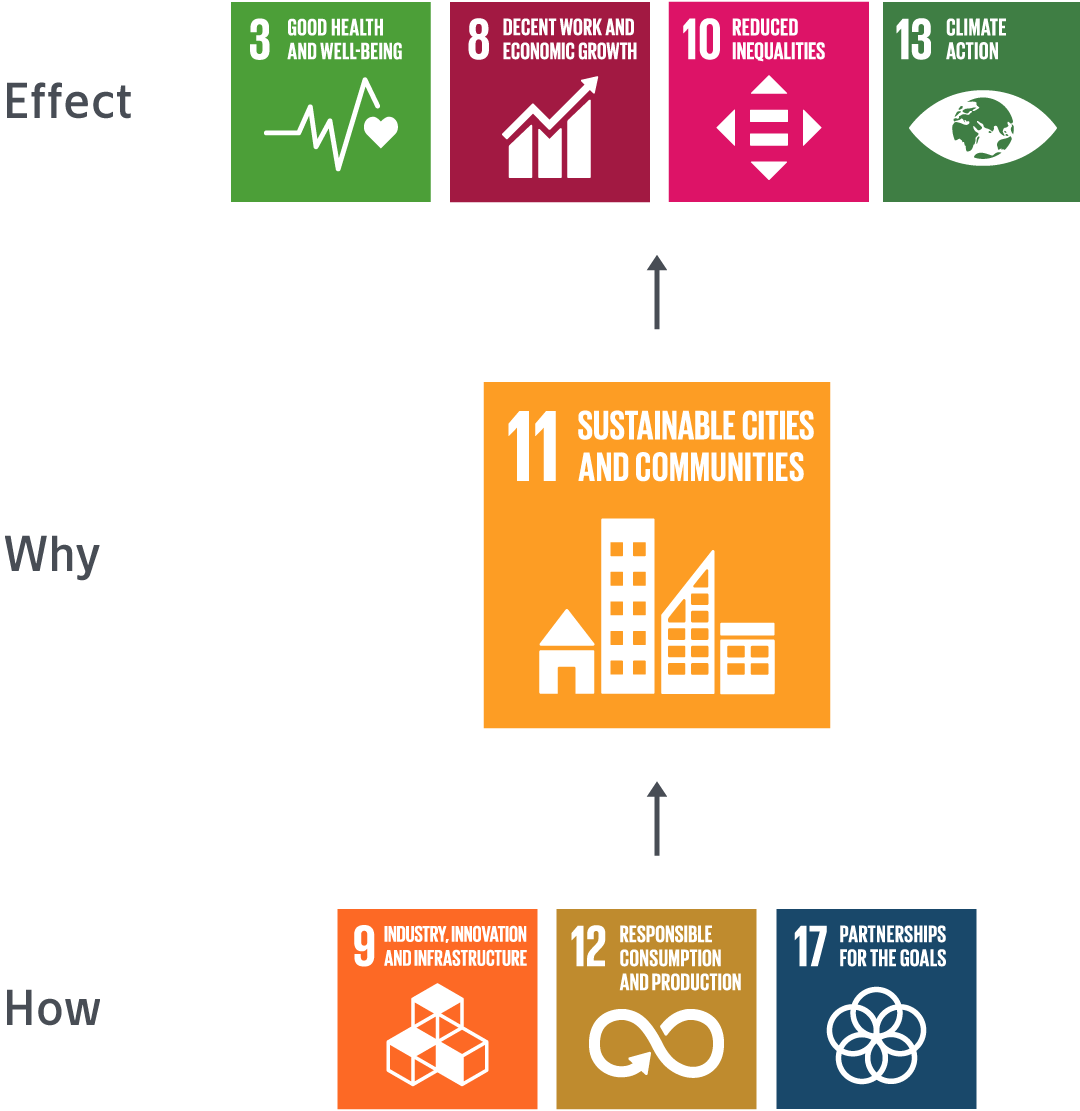
Development of the sustainability strategy
The work of prioritising the UN’s Sustainable Development Goals and developing Ruter’s strategy for sustainability covered three areas:
- An internal working group that systematically assessed the 17 Sustainable Development Goals and 169 sub-goals – and proposed concentrating on eight Sustainable Development Goals that Ruter has a significant ability to influence through its business operations and value chain.
- Involvement of the entire organisation in activities both at individual level and in all technical units. More than 300 proposals for measures were considered in the strategy process.
- The board, management team and area managers discussed Ruter’s sustainability position and strategy as well as potential consequences. Meetings and workshops were also held with important stakeholders such as the City of Oslo, Akershus County Municipality and transport operators.
In the end, eight Sustainable Development Goals were selected, and we asked ourselves the questions:
- What is important in order for Ruter to meet its social obligations?
- Where does Ruter have the greatest impact?
Ruter has prioritised eight Sustainable Development Goals
Ensure good health and quality of life for all
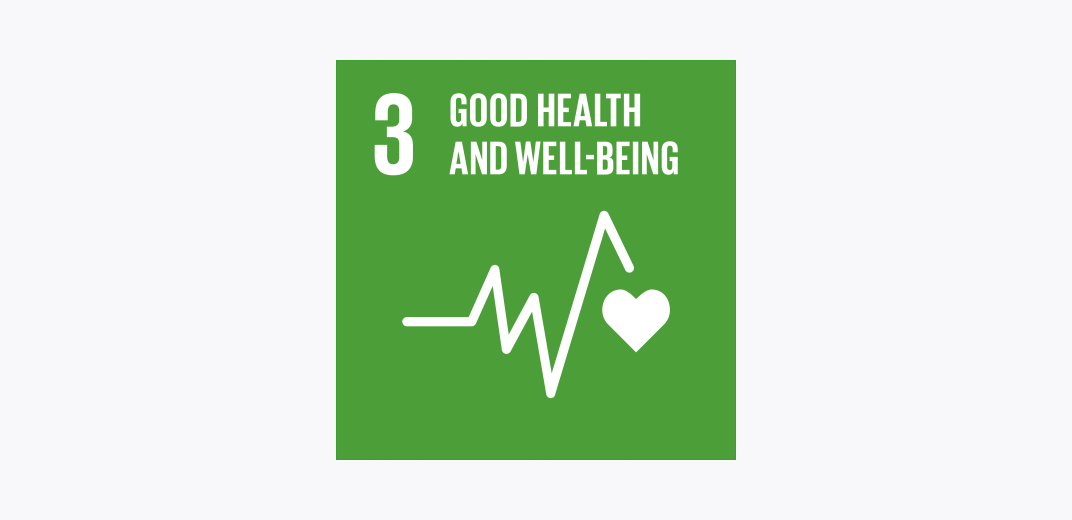
Road traffic is a major source of pollution and noise. Air quality is poor in many places in the Oslo area, and in the winter many inhabitants of Oslo and Akershus are exposed to high concentrations of air pollution. This increases the risk of respiratory tract infections, lung disease, cardiovascular illnesses and cancer.
Ruter is able to contribute to improving this situation. Firstly, by reducing road traffic by offering services that make more people choose public transport, cycling and walking instead of the car. Ruter’s Zero Emissions 2028 Strategy also means that all traffic managed by Ruter has to be electrified by 2028.
Ruter wants to boost public health by promoting increased physical activity – by looking at how transport services can be used alongside cycling and walking. A third important area for Ruter is to ensure increasingly safe traffic in the metropolitan area.
Decent work and economic growth
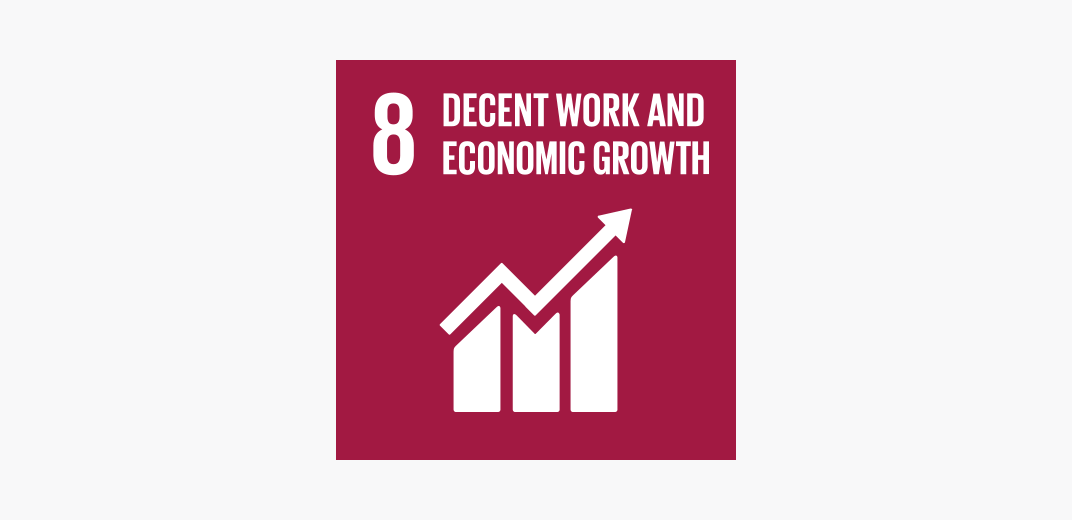
Ruter has an important role to play in offering inhabitants a safe and seamless journey to and from work and school. Efficient public transport services are vital in ensuring that the job market works as well as possible.
Requiring and contributing to decent working conditions and respect for human rights throughout Ruter’s value chain is another important way for Ruter to contribute to this goal.
Innovation and infrastructure
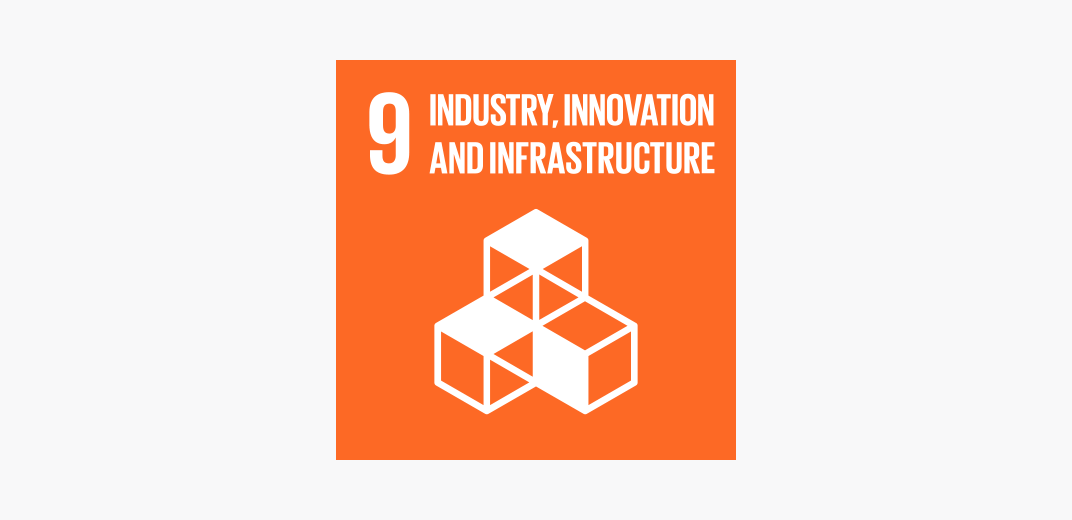
Consolidating and improving current public transport services is important, but in order to bring about major improvements, we also have to work with innovation. This is true for infrastructure projects and urban development. Digitisation, technology and innovation can contribute to solving societal challenges related to passenger transport.
Reduced inequalities
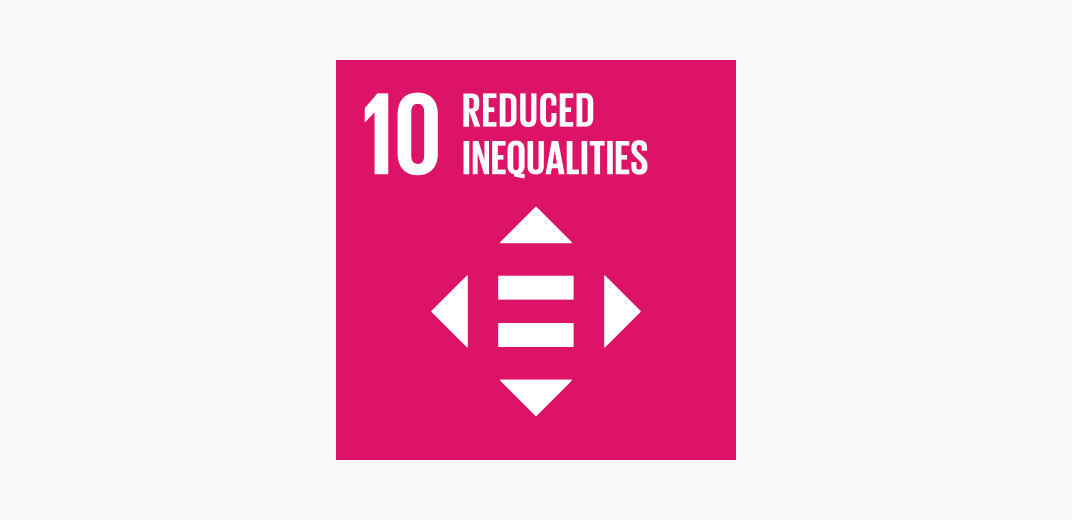
Ruter’s offering has to be for everyone – including customers with disabilities. We will also ensure that our prices mean that everyone can afford to travel with us.
Sustainable cities and communities
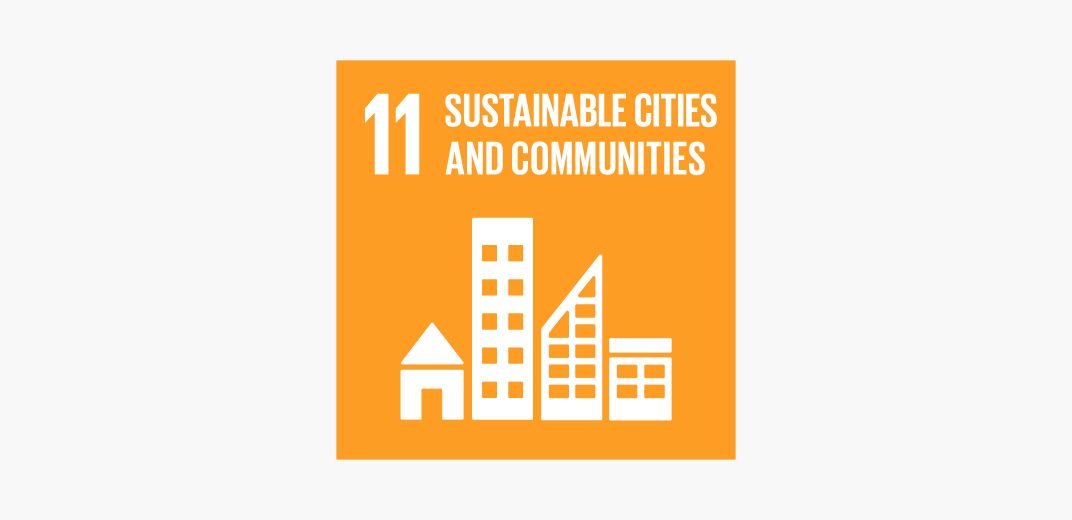
Traffic is a significant challenge in most major cities. Its related problems reduce the quality of life of inhabitants, burden the environment and the climate and have major economic consequences.
Enhanced public transport – as well as cycling and walking and restrictions on car use – is the most important measure. Ruter will offer even better mobility solutions in the years to come, with higher frequency and fewer emissions. This will make life easier and the entire area more accessible; there will be more space for people and city life, less noise and better air.
Responsible consumption and production
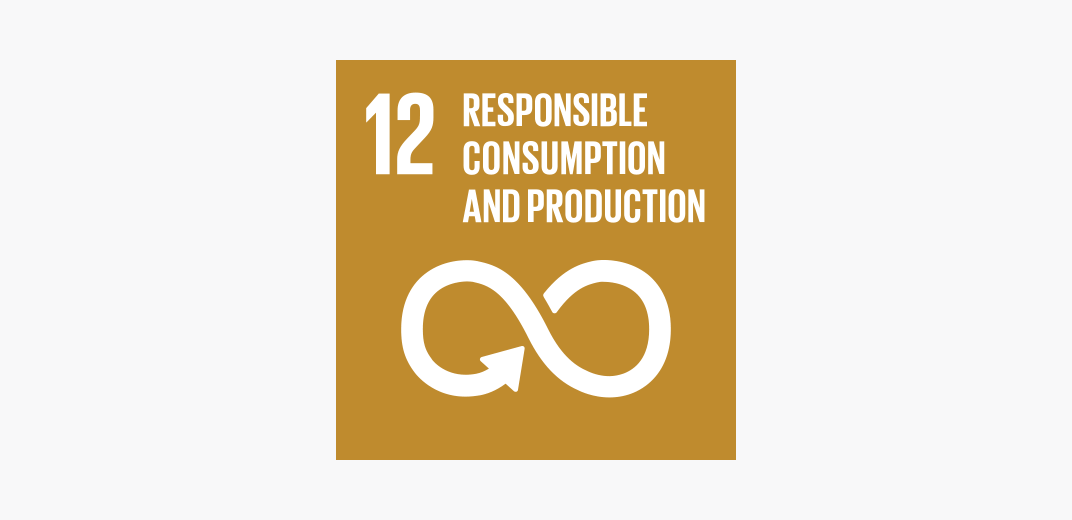
Responsible consumption means consuming less. Responsible production means reduced energy and resource use, environmental impact and greenhouse gas emissions related to commodity production. The requirements Ruter sets for the market and its own operations must contribute to reducing the environmental and climate footprint of passenger transport. Ruter’s most important contribution in reaching this goal is to offer an alternative to private motoring.
Stop climate change

Ruter’s most important contribution to reducing impact on the climate is to migrate customers from cars to buses, boats and rail. We also have to cut greenhouse gas emissions from our own means of transport. Ruter’s Zero Emissions 2028 Strategy will realize the goal that all traffic managed by Ruter will be emission-free by 2028. Ruter will contribute to the entire value chain cutting its greenhouse gas emissions, such as reducing emissions from construction work when we expand infrastructure.
Ruter must also adapt the operation of public transport services to climate change that has already taken place and is about to take place.
Partnerships for the goals
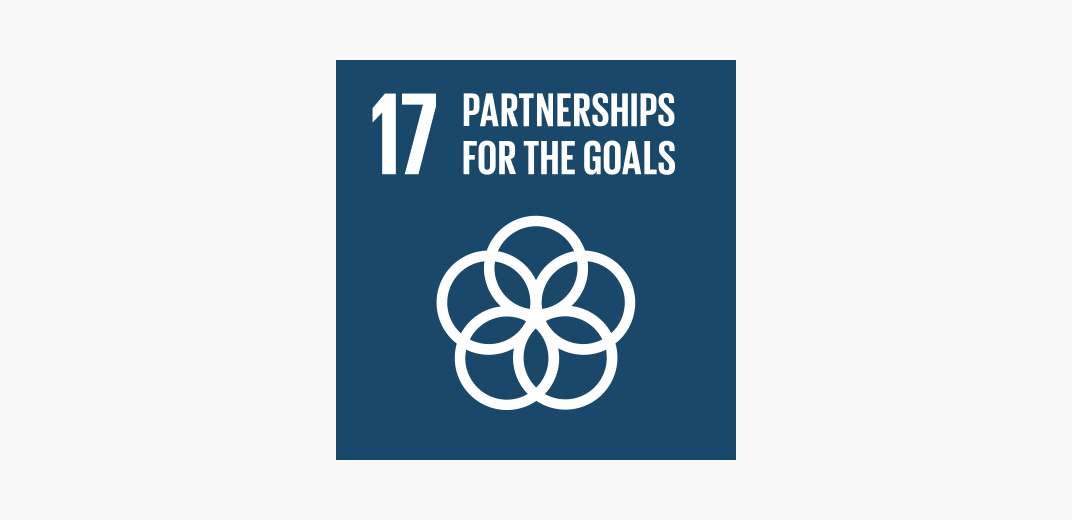
The Sustainable Development Goals are a collaborative project. Ruter will facilitate effective cooperation with its shareholders, government authorities, businesses, operators, customers and others successfully to restructure passenger transport in the area. We want to share the experiences we have so that they benefit others and have a lasting effect. Find out about the ways in which Ruter collaborates with various stakeholders <a href=”https://aarsrapport2021.ruter.no/no/om-ruter/interessentdialog”>here (NO)</a>.
Goal management according to the Sustainable Development Goals
In 2020, Ruter adopted a new goal management hierarchy in which the eight UN Sustainable Development Goals that Ruter has prioritised play a key role. The goal management hierarchy is used for monthly reporting to the board and shareholders.
The clear expectation in the Owners’ Strategy that Ruter’s activities should comply with the UN’s Sustainable Development Goals formed the basis of work on developing the goal management hierarchy. Goals and key results were prepared with the broad involvement of the entire organisation. Important questions were:
- What should Ruter’s ambitions for each Sustainable Development Goal be?
- What indicators apply to each Sustainable Development Goal – and can we apply indicators we already use?
- Should all the Sustainable Development Goals be treated equally or should some be more important than others?
Indicators are assessed annually to ensure that measures are implemented in the best way possible for Ruter to be able to meet its overall goal: to deliver sustainable freedom of movement.


